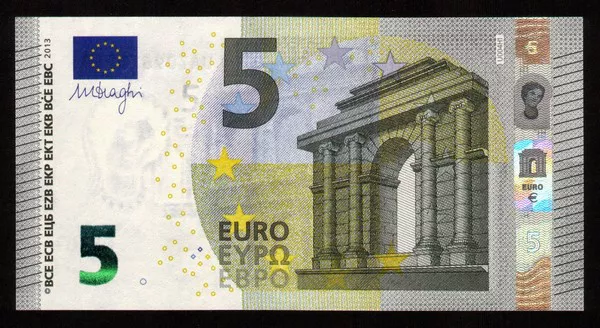The three common operating modes are MM, STP, and ECN.
Many people have been doing it for years, but they still don’t know the difference between the three.
About these details, you must know if you want to survive in the long run.
MM model MM model is the Market Maker model.
The market maker’s market generally consists of two levels: one is the wholesale market between the market maker and the market maker;
The other is the retail market between market makers and traders.
Retail market makers are typically firms that provide retail services to individual traders, while interbank institutional market makers are typically banks or other large companies that typically provide bid and sell quotes to other banks, institutions, ECNs or even retail market makers.
In retail markets, individual investors must consider the integrity of the dealer when they ask for a price from a single market maker. The market-maker model typically aggregates and filters bank and ECN prices, adding its own profits to the price quoted to the client.
The customer gets different market quotes from different dealers, because the dealer quotes the customer after the profit markup.
In addition to the price cost, interest cost and commission cost paid by customers, part of a market maker’s profit is the risk benefit gained from customer losses in the market making process.
Strengths: Usually provides free charting software and news. It also plays an important role in providing liquidity in the foreign exchange market, improving market trading efficiency, transferring and sharing risk, and promoting market development.
Disadvantages: There is a potential conflict of interest between the investor and the market maker on the eve of order execution because the market maker may intervene in the trade and become a counterparty to the investor.
Some unqualified market makers may manipulate prices so that customer stop losses cannot be triggered or trades cannot meet profitability targets.
STP mode The STP mode is the Straight Through Processing (STP) system.
However, it is important to note that customer orders in the retail market do not, under any circumstances, enter directly into the interbank market.
It is offset by the dealer copying the customer’s trade through mirror trading, so the customer’s position remains with the dealer, and the dealer will transfer the position with its counterparty in the same direction and volume of trading behavior, forming a virtual “direct to market” mode.
In institutional markets, there is no STP model because the major institutional market makers are counterparties to each other in a peer-to-peer manner.
Even if a trade order is entered into at a counterparty without a trading agreement, the market maker of a major institution usually has a “give-up” agreement to hand over the order entered into with him to the counterparty’s actual Prime Broker.
Under STP, dealers transfer customer orders to banks through mirror trades.
Banks trade in real time based on prices close to their customers.
When markets move wildly, they move a lot.
At this point, the order may be suspended, which means that the order has been executed but remains in the pending order window, waiting for the bank to conclude the transaction at the appropriate price.
When trading fluctuates frequently, it’s easy to have multiple orders waiting to be processed.
Waiting too many orders will affect the bank’s confirmation of some orders and even refuse to match the order when the price does not match the customer’s price.
Advantages: Because the bank is the main leader in the foreign exchange market, the quotation is closer to the market price, which maximizes the transaction volume of the customer order, and access to the market.
Disadvantages: Technical complexity;
But in the long run, it will bring greater convenience to investors, which is the trend of the future development of foreign exchange.
ECN Mode Electronic Communications Network (ECN) mode.
This model transfers all customer orders to the international market for hedging.
These large institutions in international markets have a lot of capital and are regulated by the authorities.
As a result, clients’ money is relatively safe.
China has its own capital pool for the platform, but this capital pool has a lot of risk, once problems occur, investors may face the risk of not making money.
In recent years, some platforms have absconded with large amounts of client funds.
The ECN model is done through close collaboration with banks, institutions, foreign exchange markets and technology providers.
All completed orders and records will be displayed on the Internet in a direct and anonymous manner.
Each order is equal, completed according to time and price priority, and its transaction price is the actual market price.
From this perspective, ECN models include STP, DMA, MTF, and other trading models that actually place retail orders on the market or equivalents.
The actual ECN operation mode within the country refers to an ECN network with hundreds of liquidity providers, these liquidity providers pass the quotes to the ECN at the same time, the ECN integrates all the quotes, showing only the best and best, forming a spread.
Advantages: high transparency, better quotation;
Sometimes there may be a downside to small or zero spread trading: such trading platforms are not user friendly.
Stop losses are difficult to set because of the volatility of the spread between the buy and sell prices.
The dollar rose on rising risk aversion and gold closed at its highest level in nearly three weeks.
Please pay attention to the specific operation, the market is changing rapidly, investment needs to be cautious, the operation strategy is for reference only.



























